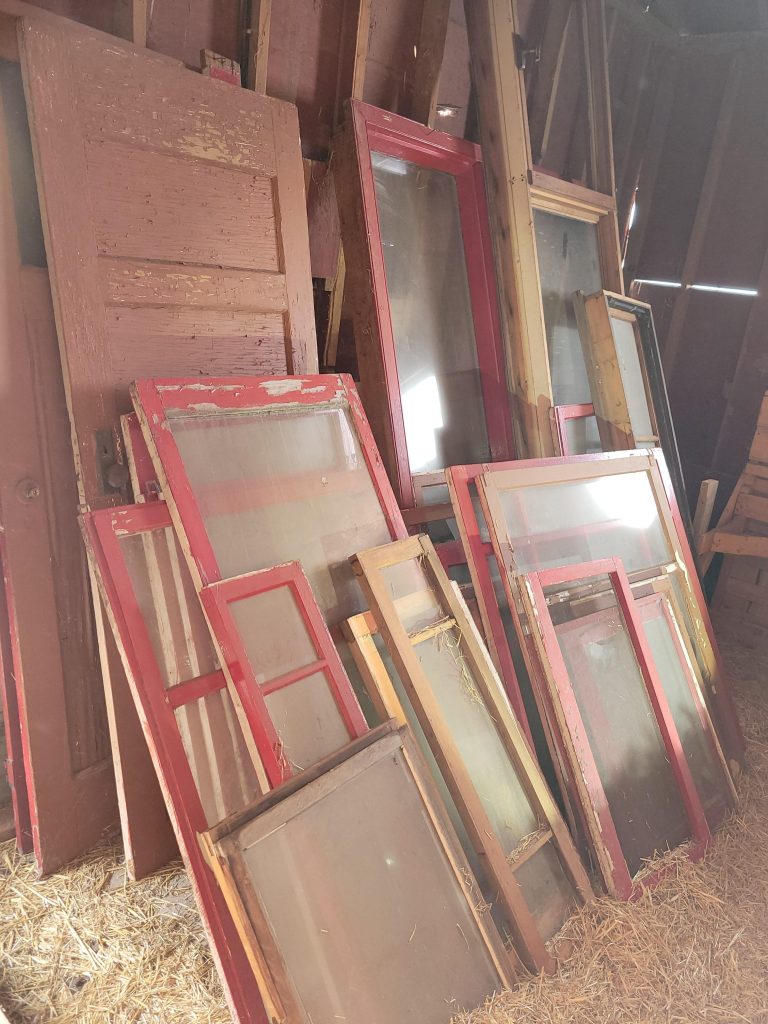Nothing quite freshens up a home like a new coat of paint! Unfortunately, some of the paint already in your home may have a major risk associated with it. Lead was historically added to paint for several reasons, primarily due to its beneficial properties such as durability, color stability, and drying time. Removal of it for a renovation or to protect your health will require some caution in your approach. Great news though – we can help!
Here are Some Reasons Why Lead was Commonly Used in Paint:
- Pigment Quality: Lead-based compounds, such as lead carbonate (white lead) and lead chromate (yellow lead), were valued for their ability to create vibrant colors and provide excellent coverage. White lead, in particular, was widely used as a pigment in white and light-colored paints due to its opacity and brightness.
- Durability: Lead-based paints were known for their durability and resistance to weathering, making them suitable for use in both interior and exterior applications. This addition helped paint adhere better to surfaces, preventing chipping, peeling, and fading over time.
- Drying Time: Lead-based paints dried relatively quickly, allowing for faster application and turnaround times in construction and manufacturing industries. This property was especially beneficial in large-scale painting projects where efficiency was crucial.
- Mold and Mildew Resistance: Lead-based paints exhibited some resistance to mold and mildew growth, making them desirable for use in damp or humid environments such as bathrooms, kitchens, and basements.

Lead Paint Phased Out
Despite these advantages, the use of lead in paint has been largely phased out due to growing awareness of its severe health hazards. Poisoning can occur through ingestion, inhalation, or skin contact with lead-containing dust or paint chips. Over time, lead exposure can lead to neurological damage, developmental delays, learning disabilities, and other serious health issues. While a danger to everyone, these hazards were particularly dangerous to children and pregnant women.
Due to extensive research and regulatory action, lead-based paints are now banned or heavily restricted in many countries. These countries include the United States, Canada, and the European Union. Manufacturers now use alternative pigments and additives in paints to avoid the health risks of this hazardous material. Efforts continue to safely remove lead-based paints from older buildings to protect public health and the environment.
RIP Lead Paint (~6000 BC – 1992 AD)
Health Canada tells us that home interiors built before 1976 most likely contain some highly concentrated lead-based paint. Homes built between1977 and 1992 still may contain lead in interior paint, however they are less likely to have the highly concentrated amounts due to paint manufacturers and the government agreeing to lower overall lead levels. Even at the reduced levels of lead used during this period, the paint was still found by Health Canada to be dangerous. After 1992, all consumer paints produced in Canada and the US were virtually lead-free after a complete ban on its use in residential paint. Exterior paint was far less regulated compared to interior paint, and prior to 1992 all exterior paints could still contain very high concentrations of lead.
Now what?
Concerned that you have lead paint? Amity Environmental is here to help! Contact us and we can help assess and test your paint for contamination. We are happy to assist you in dealing with your lead painted doors, walls, or furniture. Call today (403) 667-8264!
Instagram:
https://www.instagram.com/amity_environmental
Facebook:
https://www.facebook.com/Amityenvironmental
LinkedIn:
https://www.linkedin.com/company/amityenvironmental/mycompany/?viewAsMember=true
Tik Tok:

